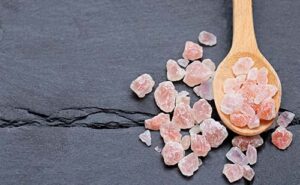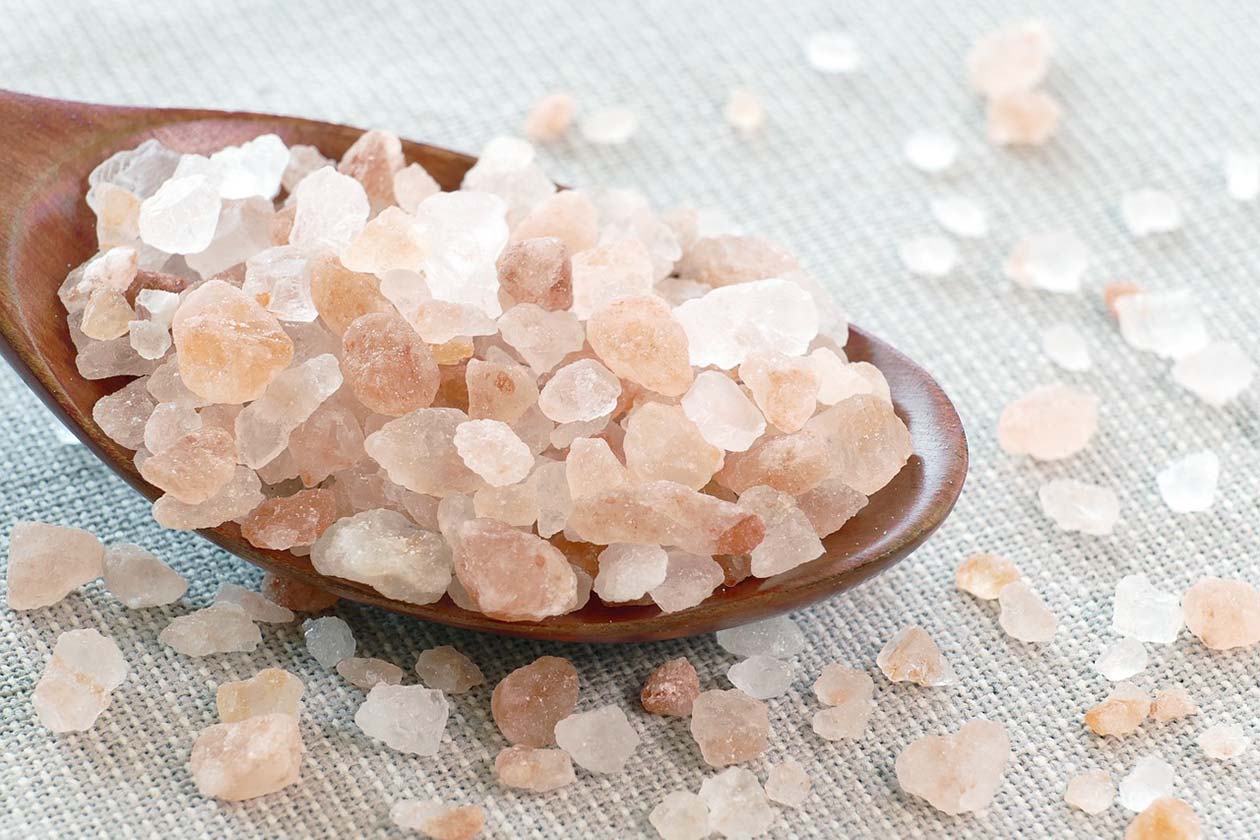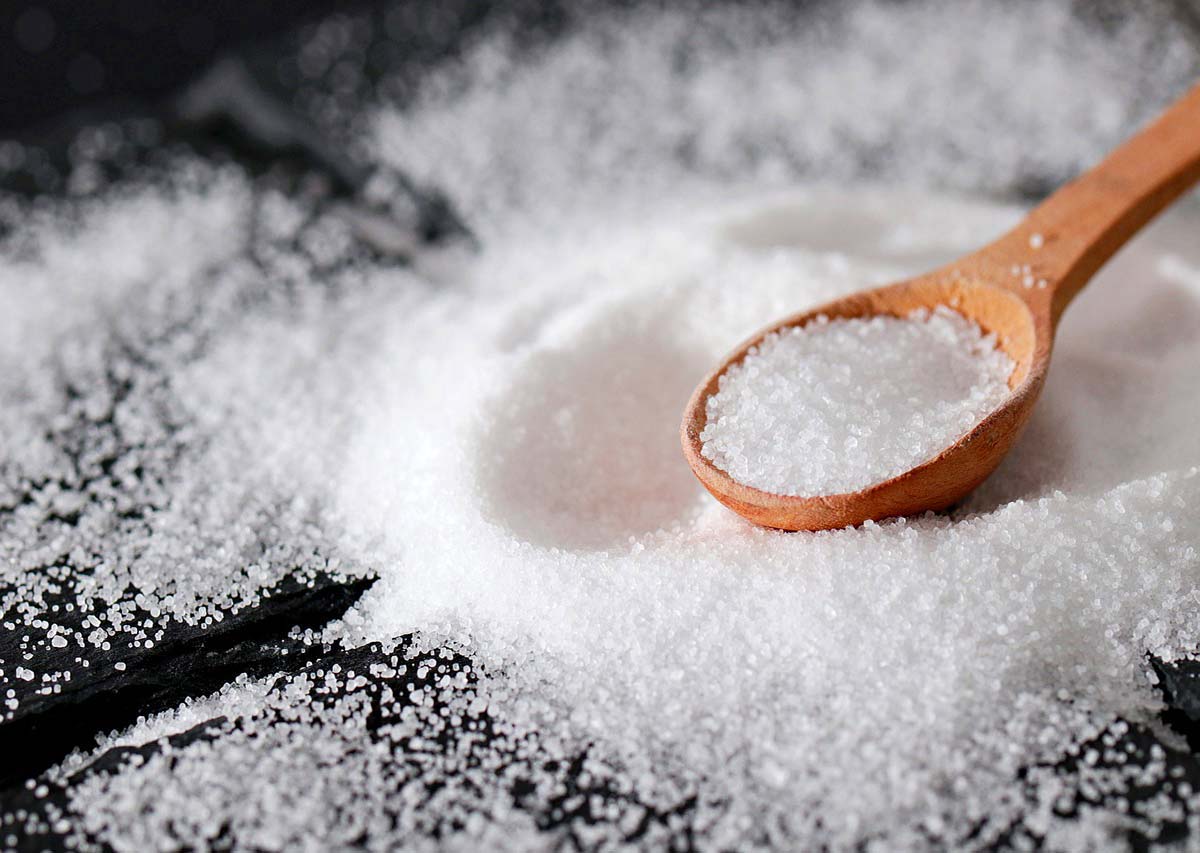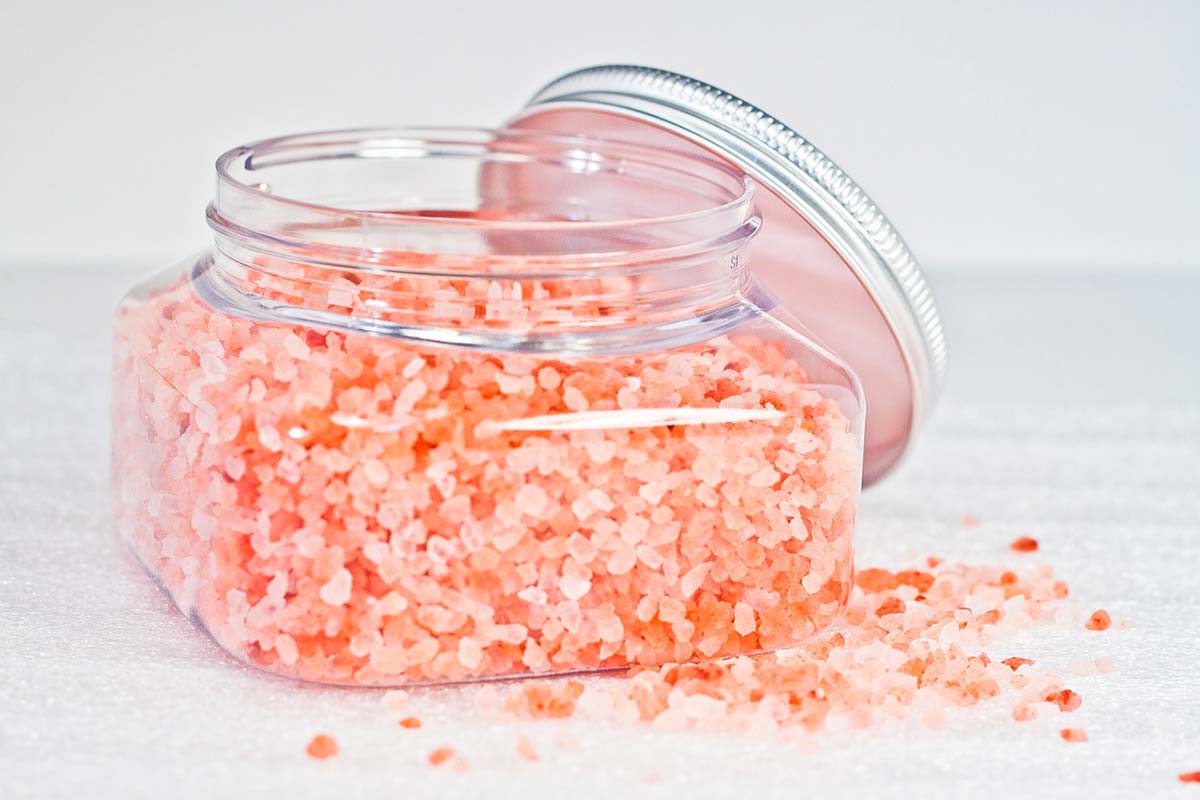Edible salt, commonly known as table salt, is a crystalline mineral substance primarily composed of sodium chloride (NaCl). It’s one of the most essential ingredients in cooking and food preservation, used worldwide to enhance flavor, preserve food, and even in various cultural and religious rituals.
The history of salt dates back thousands of years, with its importance recognized across different civilizations. In ancient times, salt was a valuable commodity, often used as currency and even considered as valuable as gold in some instances. Today, it’s widely available and relatively inexpensive.

Salt comes in various forms, including coarse salt, kosher salt, sea salt, and iodized salt. Each type has its unique texture and flavor profile, making it suitable for different culinary applications.
Apart from its culinary uses, salt also plays a crucial role in human physiology. Sodium, one of the components of salt, is essential for maintaining proper fluid balance, nerve function, and muscle contraction in the body. However, excessive consumption of salt has been linked to health issues such as high blood pressure and cardiovascular disease, so moderation is key.
Overall, edible salt is a fundamental ingredient in cooking and food preservation, adding flavor and helping to maintain the balance of flavors in dishes while also playing a vital role in human health.
Types of edible
The market for edible salt offers various types to cater to different culinary preferences and dietary needs. Here are some common types of edible salt available in the market:
1. Table Salt:
Also known as common salt or iodized salt, table salt is the most widely used type of salt. It is finely ground and often fortified with iodine to prevent iodine deficiency disorders.
2. Sea Salt:
Sea salt is harvested through the evaporation of seawater. It is available in both fine and coarse varieties and is known for its distinct flavor and mineral content derived from the sea.
3. Kosher Salt:
Kosher salt has larger crystals compared to table salt and does not contain iodine. It is commonly used in kosher cooking and for seasoning meats due to its ability to adhere well to surfaces.
4. Himalayan Pink Salt:
Mined from salt deposits in the Himalayan region, pink salt gets its distinctive color from trace minerals. It is often used as a gourmet salt for its unique flavor and appearance.
5. Rock Salt:
Rock salt, also known as halite, is mined from underground salt deposits. It is typically used for de-icing roads in colder climates but can also be used in cooking and food preservation.
6. Flake Salt:
Flake salt has thin, flat crystals and a delicate texture. It is often used as a finishing salt to add a burst of flavor and visual appeal to dishes.
7. Smoked Salt:
Smoked salt is infused with smoky flavors by exposing it to smoke from burning wood. It adds a rich, smoky taste to dishes and is popular for barbecue and grilled foods.
8. Black Salt (Kala Namak):
Black salt is a type of rock salt with a distinctive sulfurous aroma. It is commonly used in South Asian cuisines for its pungent flavor and is often added to chaats and chutneys.
9. Fleur de Sel:
Fleur de sel, meaning “flower of salt” in French, is a hand-harvested sea salt with delicate crystals. It is prized for its subtle flavor and is often used as a finishing salt for salads and desserts.
10. Sel Gris:
Also known as grey salt, sel gris is harvested through the evaporation of seawater and retains moisture, giving it a slightly damp texture. It has a briny flavor and is popular in French cuisine.
These are just a few examples of the types of edible salt available in the market. Each type offers its own unique characteristics, flavors, and culinary applications, allowing consumers to choose based on their preferences and cooking needs.
Minerals in edible salt and their benefits for health
Edible salt, particularly unrefined varieties like sea salt and Himalayan pink salt, contains a variety of minerals in addition to sodium chloride. Here are some common minerals found in edible salt and their potential health benefits:
1. Sodium:
While excessive sodium intake can be harmful and is associated with high blood pressure and cardiovascular disease, sodium is essential for maintaining fluid balance, nerve function, and muscle contraction in the body. However, it’s important to consume sodium in moderation and balance it with other minerals.
2. Potassium:
Potassium works in conjunction with sodium to regulate fluid balance and blood pressure in the body. Consuming potassium-rich salts like potassium chloride can help offset the negative effects of sodium on blood pressure and cardiovascular health.
3. Magnesium:
Magnesium is essential for over 300 biochemical reactions in the body, including energy production, muscle function, and nerve transmission. Sea salt, in particular, is often touted as a good source of magnesium, although the amount can vary depending on the source and processing methods.
4. Calcium:
Calcium is crucial for bone health, muscle function, and nerve signaling. While the calcium content in edible salt is generally low compared to other dietary sources like dairy products, sea salt may contain trace amounts of calcium.
5. Iodine:
Iodine is a vital nutrient for thyroid health and the production of thyroid hormones, which regulate metabolism and growth. Iodized salt is fortified with iodine to prevent iodine deficiency disorders like goiter and hypothyroidism.
6. Trace Minerals:
Edible salts like Himalayan pink salt often contain trace minerals such as iron, zinc, copper, and manganese. While these minerals are required in smaller amounts, they play important roles in various physiological processes, including immune function, antioxidant defense, and enzymatic reactions.
It’s important to note that while edible salts may contain beneficial minerals, the amounts present can vary depending on factors such as the source, processing methods, and geographical location. Additionally, the overall contribution of salt to mineral intake in the diet is relatively small compared to other food sources. Therefore, while incorporating mineral-rich salts into your diet can provide some health benefits, it’s essential to consume a varied and balanced diet rich in whole foods to meet your nutritional needs. As always, it’s advisable to consult with a healthcare professional or registered dietitian for personalized dietary recommendations.
Looking for Edible Salt: Click here





